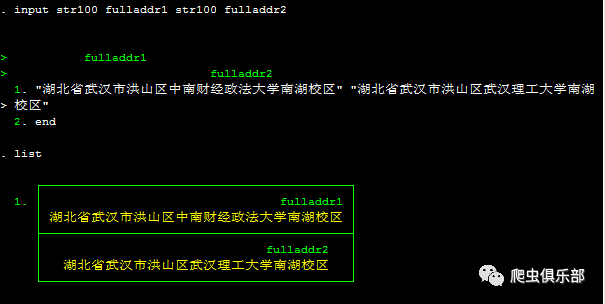

? In this data set it makes no difference. But if the data set included extended missing values, the condition !=. excludes them because extended missing values are greater than the generic missing value. ensures you're excluding all missing values.Įxercise: Browse domestic cars that get more than 25 miles per gallon and are known to have good repair records ( rep78 greater than 3). Then browse foreign cars that cost less than $5,000 and are not known to have poor repair records ( rep78 less than or equal to 3). Include the variables used in the conditions so you can spot-check your results. Explain why you handled missing values the way you did in both cases. They go after any variable list or if condition, following a comma. The comma means "everything after this is options" so you only type one comma no matter how many options you're using.

We can see the values instead of the labels by adding the nolabel option: We know that value labels have been applied to the foreign variable, so the words "Domestic" and "Foreign" are not the actual values. Here the words "no" and "label" are combined because otherwise Stata would think they were two different options.

Many options require additional information, such as a number or a variable they apply to. This additional information goes in parentheses directly after the option name. To illustrate that we need to use a command other than browse, because nolabel is the only option it has. The list command is very simlar to browse, but it just lists the data in the Results window.


 0 kommentar(er)
0 kommentar(er)
